iPhone SE 2 in 2025: Still worth it?
Why the iPhone SE 2 Remains a Solid Choice in 2025.
The iPhone SE 2, also known as the iPhone SE (2020), was first released by Apple on April 15, 2020. A device that garnered considerable attention, it combined Apple's flagship A13 Bionic chip with a smaller, more affordable design based on the iPhone 8. The SE 2 quickly found a niche market, appealing to users who wanted the power of a premium device but in a more compact form factor at a lower price point. Fast forward to 2025, and the question arises: Is the iPhone SE 2 still worth it? With Apple continuing to release new iPhone models, including the iPhone 14, iPhone 15, and rumors of an upcoming iPhone 16, is the iPhone SE 2 still competitive in terms of performance, value, and longevity?
In this extensive article, we will explore several facets of the iPhone SE 2 in 2025: its performance, design, camera quality, software updates, battery life, and overall value proposition. Let’s dive in and assess whether this 2020 device still holds up nearly five years later.
1. The Design
The iPhone SE 2 inherits the design language of the iPhone 8, which might be a positive or negative depending on your preferences. The device features a 4.7-inch Retina HD display, which, by today’s standards, is considered small. If you’re used to large-screen phones, the SE 2’s compact size might feel cramped. However, for users who appreciate smaller devices, the iPhone SE 2's dimensions of 138.4 x 67.3 x 7.3 mm, and lightweight 148 grams, could be a major draw.
In 2025, however, we are seeing more modern trends in smartphone design—edge-to-edge displays, hole-punch cameras, and even under-display technology. The iPhone SE 2, with its thicker bezels, physical home button (with Touch ID), and traditional design, feels somewhat dated when compared to the latest iPhone models. But, the advantage of this is that it’s easy to use one-handed and appeals to those who prefer simplicity over cutting-edge design.
The aluminum and glass build of the iPhone SE 2 still looks good and feels premium in the hand. The device is also rated IP67 for water and dust resistance, which is adequate for day-to-day life, though it is worth noting that more recent iPhones (starting with the iPhone 12) come with better water resistance ratings.
2. Performance
One of the standout features of the iPhone SE 2 when it was first released was its use of the A13 Bionic chip, the same processor found in the iPhone 11 series. Even in 2025, the A13 remains an impressive performer. Apple’s A-series chips have always been known for their speed and longevity, and the A13 is no exception.
In 2025, the A13 Bionic can still handle a wide variety of tasks, including gaming, multitasking, video streaming, and heavy apps like photo and video editing tools. Apple’s A-series chips are designed to deliver strong single-core performance, which is why even older models like the iPhone SE 2 continue to feel snappy in day-to-day use. Although newer models come with more powerful chips like the A17 and A18, the A13 still holds up well in terms of speed and efficiency, and most users will not notice a major performance hit when compared to newer models.
For power users, the newer iPhones may offer better graphics performance, faster processing, and enhanced AI capabilities, but for the majority of casual users, the iPhone SE 2’s A13 Bionic chip will be more than sufficient. Moreover, the iPhone SE 2 benefits from Apple’s tight hardware and software integration, meaning that the OS is optimized to run smoothly on the older chip for years to come.
3. Software Support
Apple is well-known for providing long-term software support for its devices. The iPhone SE 2 launched with iOS 13 and has received updates to the latest versions of iOS as of 2025, including iOS 16 and potentially iOS 17. In fact, the SE 2 will likely continue to receive software updates for several more years, meaning you won’t be left behind in terms of new features, security patches, or improvements.
When compared to Android phones, which often stop receiving updates after 2-3 years, Apple devices tend to get iOS updates for around 5-6 years. This longevity makes older iPhones, including the SE 2, a compelling choice for those looking for a device that will continue to work well even as new software features roll out. As of 2025, the iPhone SE 2 will likely still be supported with major iOS releases for another 2-3 years, making it a solid investment for the next few years.
4. Camera Quality
The iPhone SE 2 features a single 12MP rear camera, which, in 2020, was already quite capable in terms of photo and video quality. With features like Smart HDR, Portrait Mode, and 4K video recording, the iPhone SE 2 was considered a great camera phone for its price.
However, in 2025, the camera landscape has evolved significantly. Newer iPhones, including the iPhone 14 and 15, have advanced multi-camera systems, enhanced Night Mode, better computational photography, and even 48MP primary sensors. When compared to these devices, the iPhone SE 2’s single camera feels basic, especially in low-light conditions or when capturing more complex shots like ultra-wide or telephoto images.
That said, for the average user who primarily takes casual photos and videos, the iPhone SE 2’s camera is still quite functional. It can capture sharp and vibrant photos in good lighting, and its 4K video capabilities are impressive for a phone of its age. However, if you are someone who relies heavily on photography or video work, a newer iPhone with better camera capabilities (like the iPhone 14 or iPhone 15) would likely serve you better.
5. Battery Life
The iPhone SE 2 has a relatively small 1,821mAh battery, which is not especially large by modern standards. Battery life is always a point of concern for older phones, and in 2025, the iPhone SE 2’s battery performance may not be as impressive as it once was. Apple’s A13 chip is efficient, but it’s still powering a compact device with a smaller battery, which can lead to quicker battery drain under heavy use, especially as the device ages and battery health decreases.
In normal use, the iPhone SE 2 should last a full day with moderate usage—texting, browsing the web, social media, and watching videos—but power users may find themselves needing to recharge by the afternoon. It’s worth mentioning that battery performance typically deteriorates over time, and if your iPhone SE 2’s battery health has dropped significantly (as indicated in the iOS battery health section), you may experience even shorter battery life.
While newer models such as the iPhone 14 or iPhone 15 have larger batteries and more power-efficient components, the SE 2 does support 18W fast charging, which means that if you’re in a pinch, you can get a good portion of charge within 30 minutes.
For users who prioritize long battery life, the iPhone SE 2 might not be ideal in 2025, and you might want to look at a more recent iPhone model.
6. Pricing and Value
One of the main draws of the iPhone SE 2, even in 2025, is its price. Since its release, Apple has maintained a lower price point for the SE series compared to flagship iPhones. In 2025, you can find the iPhone SE 2 available for around $200-$300 (depending on storage capacity and condition). Considering that the iPhone SE 2 still offers a solid experience with a high-performing chip, good camera, and long software support, it remains a great option for budget-conscious buyers.
For people looking to get an iPhone without the premium price tag, the SE 2 offers an excellent balance of features and value. You’re getting the performance of a much more expensive iPhone at a fraction of the cost, making it an attractive option for first-time iPhone users, budget-conscious buyers, or people who simply don’t need the latest bells and whistles.
However, it’s worth comparing the SE 2's price to that of newer models like the iPhone 13 or iPhone 14, which offer more advanced features like better cameras, improved battery life, and larger screens. For just a little more money, these newer models may be more future-proof and a better overall investment.
7. Is the iPhone SE 2 Worth It in 2025
The iPhone SE 2, despite being released nearly five years ago, remains a solid choice for many users in 2025. If you value a compact design, strong performance, and a relatively low price, it’s still a very good option. The A13 Bionic chip ensures that the device remains snappy, and its compatibility with iOS updates means it will continue to get new features and security patches for years to come.
However, if you’re a heavy user who demands the best camera quality, the latest design, or superior battery life, you might find the iPhone SE 2 a little behind the curve. It’s also worth considering that newer iPhone models, such as the iPhone 13 or iPhone 14, offer more in terms of features, performance, and longevity for just a bit more money.
Ultimately, whether or not the iPhone SE 2 is worth it in 2025 depends on your needs. If you need a phone that’s compact, affordable, and performs well for everyday tasks, it’s an excellent choice. But if you’re looking for something with cutting-edge features, more power, or a better camera experience, you might want to consider stepping up to a newer iPhone model.
In conclusion, the iPhone SE 2 in 2025 remains a capable and affordable smartphone, but as with any technology, it’s worth weighing your priorities and usage patterns before committing. If you're happy with the essentials and don’t mind missing out on the latest features, the iPhone SE 2 still holds up remarkably well after all these years.
© 2025 Drozh



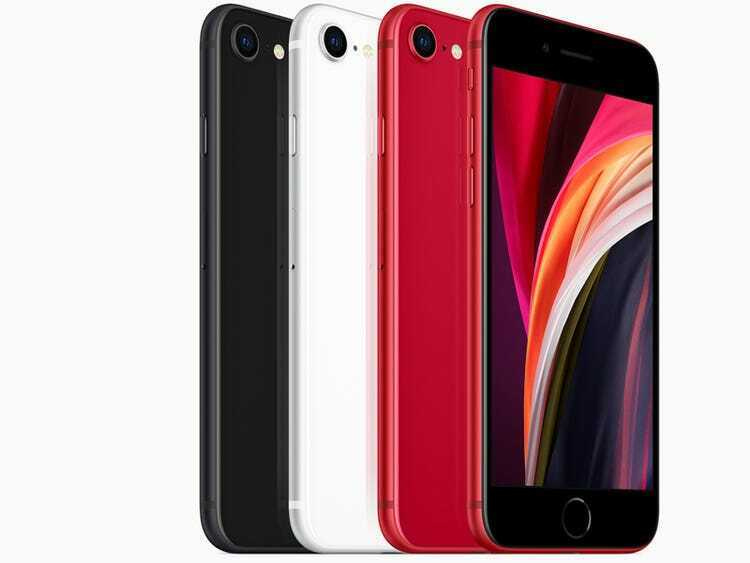
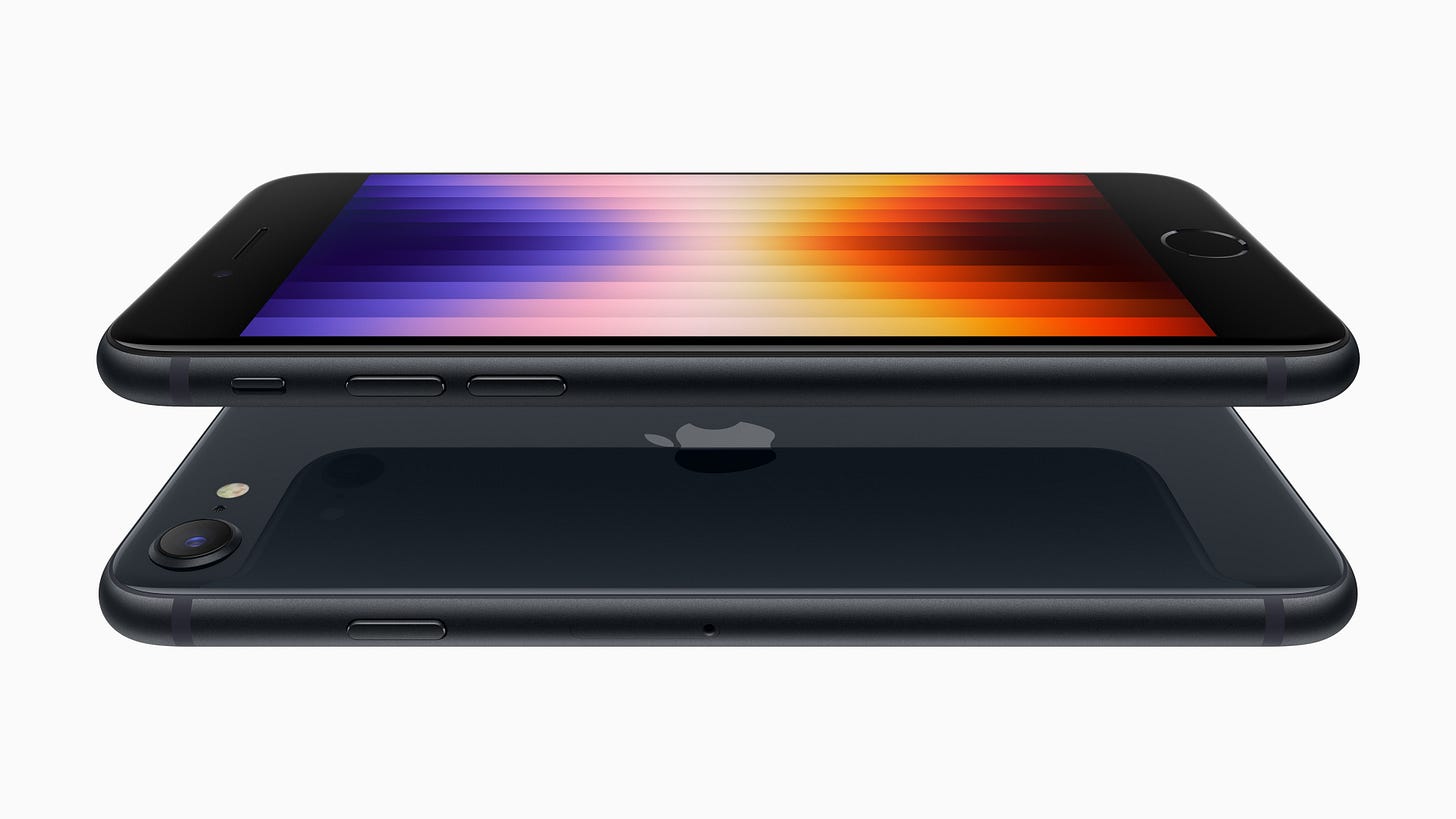
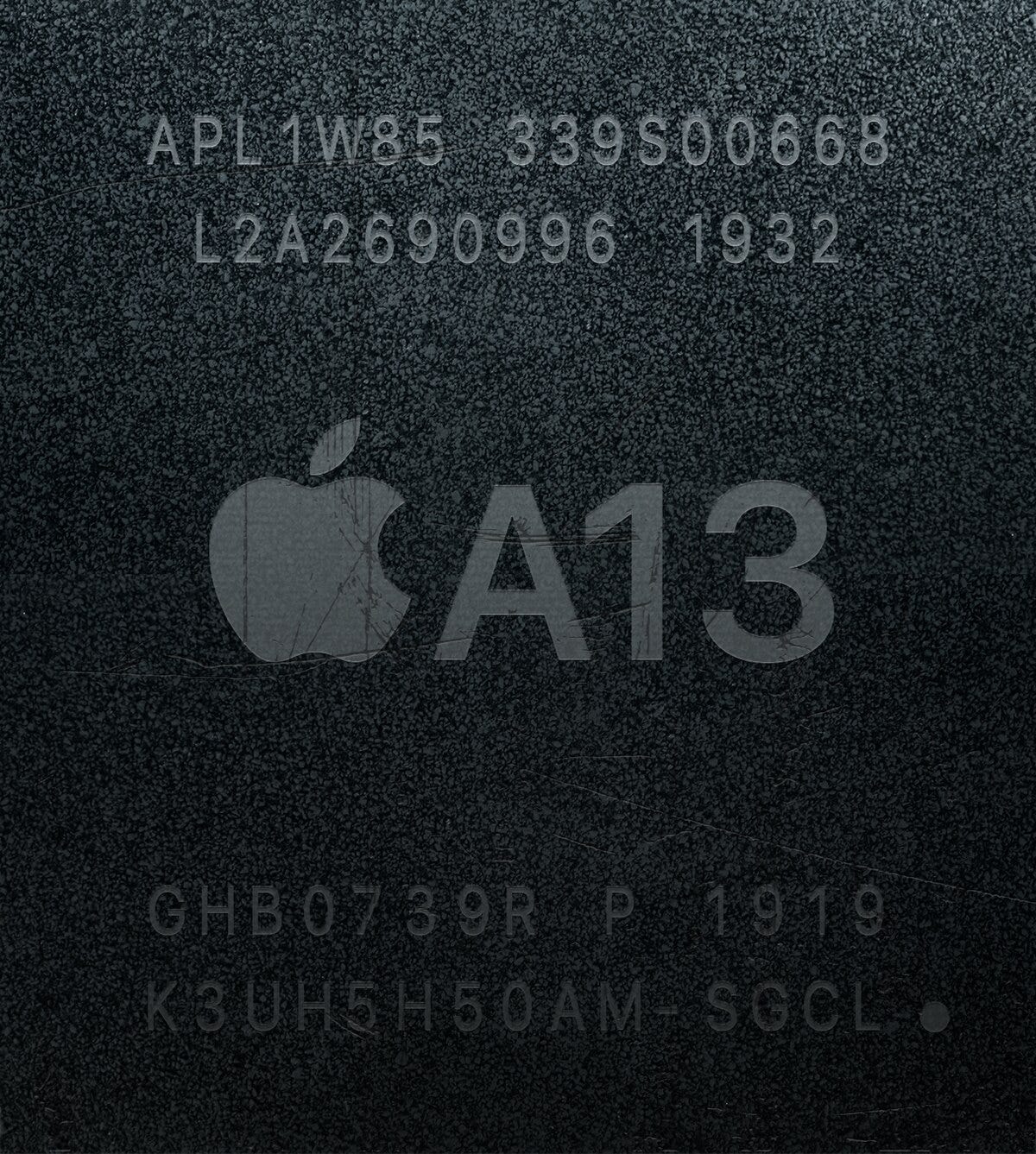
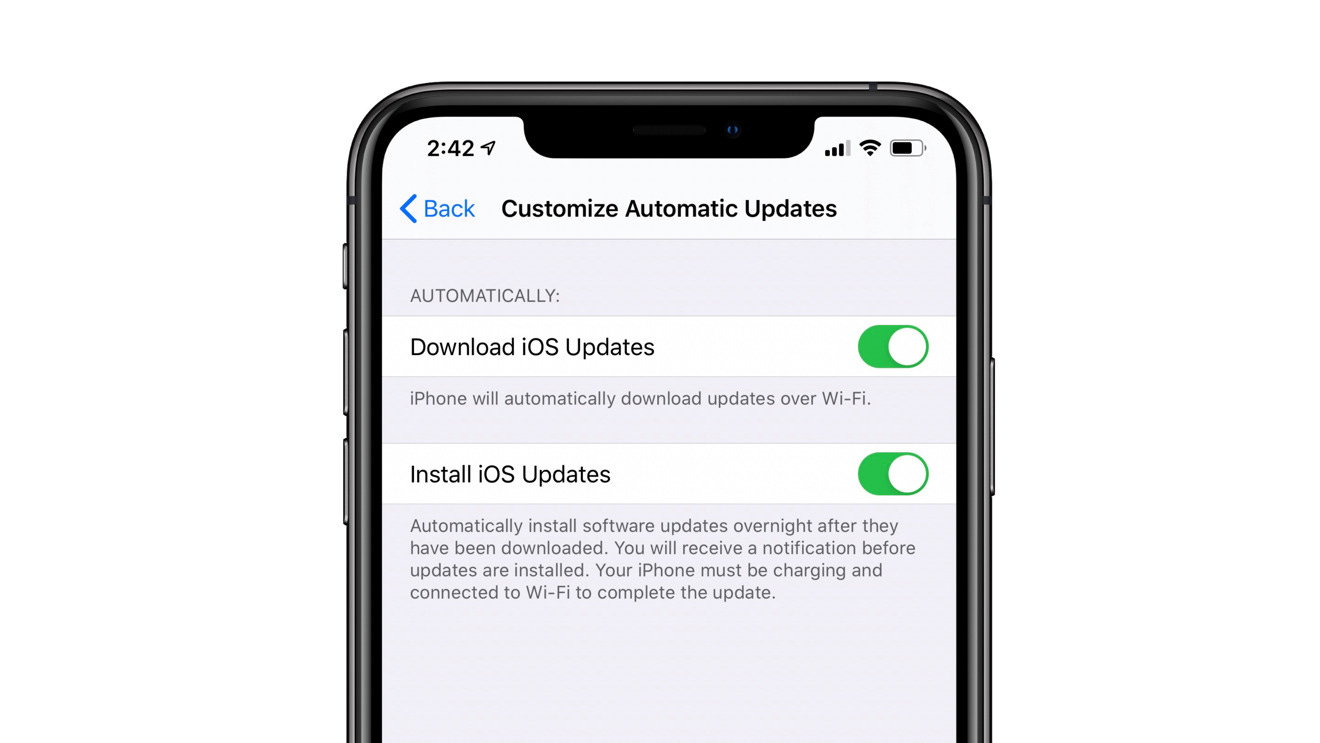
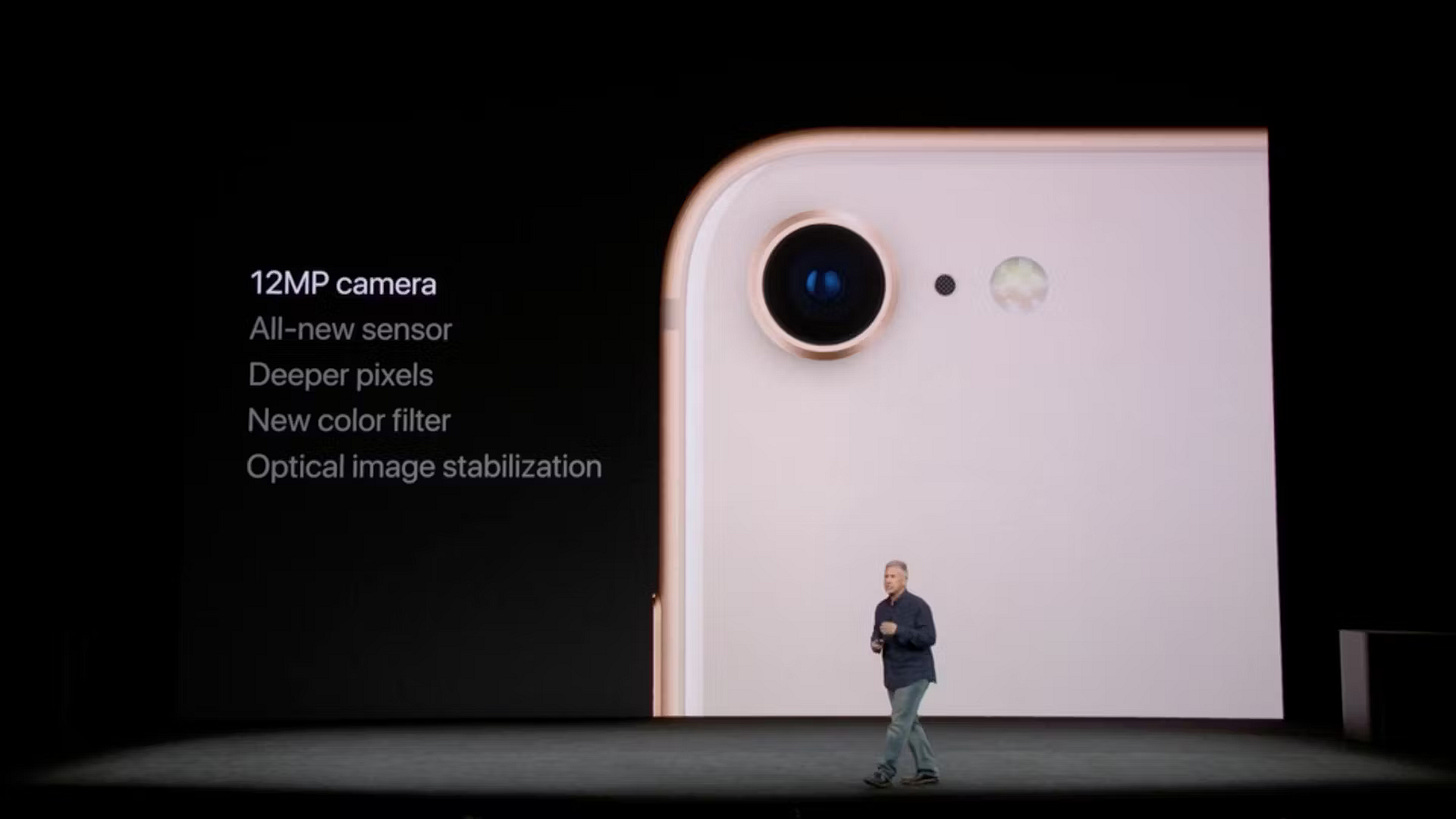


I prefer the iphone 8 plus because the battery holds up
Thank you